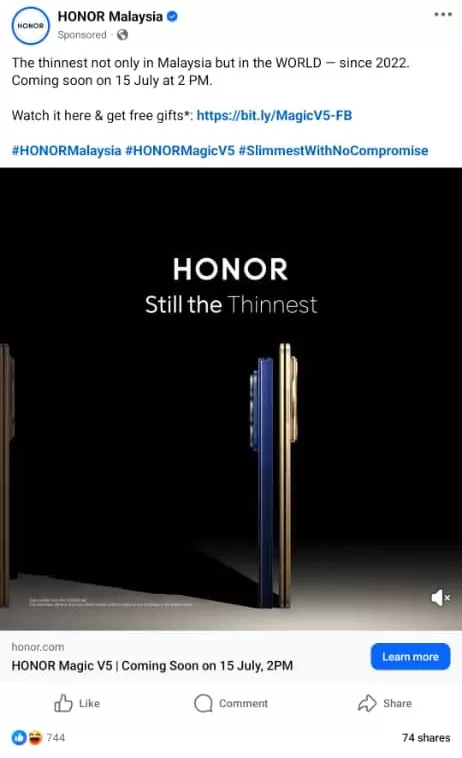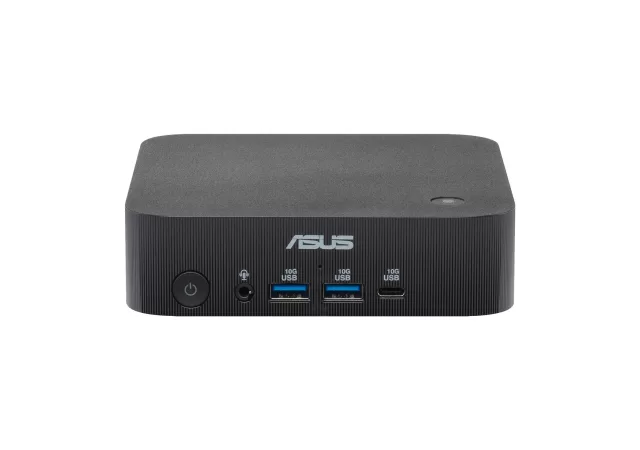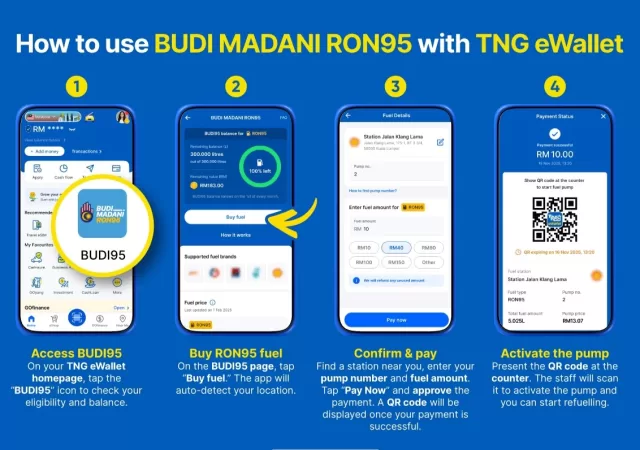HONOR, as many of you know, has been on quite the roll lately. After navigating a challenging period, the brand has really found its footing, consistently releasing a bevy of successful phones that have garnered positive attention and solid sales. Their recent devices have often struck a good balance between performance, design, and value, helping them regain significant ground in the competitive smartphone market. They’ve been building a reputation for innovation, particularly in areas like display technology and battery life.

Given this positive momentum, it’s a bit perplexing to see the brand seemingly stumble into a rather public and somewhat awkward situation. HONOR has been running a social media campaign for its new Magic V5 foldable, making a very direct and bold claim: that it is the “thinnest foldable on the market”. What’s more, this campaign wasn’t just about highlighting their own purported achievement; it directly shamed the recently launched Samsung Galaxy Z Fold7 for being, supposedly, 0.1mm thicker than the Magic V5. It was a very aggressive, direct comparison, aiming to underscore their perceived technological superiority.
The Claim Under the Microscope
However, the internet, as we’ve all learned, has a long memory and a knack for putting claims to the test. Almost immediately after HONOR’s campaign went live, doubts began to surface. A simple test, shared by the well-known leaker Ice Universe on X (formerly Twitter), quickly brought HONOR’s claim into question. This initial observation suggested that the reality might not align with the marketing.
This doubt was then exacerbated by a series of pictures that surfaced on Ruliweb, a popular Korean messaging board. These weren’t just casual observations; these images showed precise measurements taken with callipers, a tool designed for accurate measurement. The results were quite stark: the Samsung Galaxy Z Fold7 was measured to be approximately 0.16mm thinner than the HONOR Magic V5. This direct, empirical evidence seemed to completely contradict one of HONOR’s key marketing tenets.
Now, a difference of 0.1mm or even 0.16mm might seem minuscule on paper. For most everyday users, it’s practically imperceptible. However, when a brand builds an entire marketing campaign around such a precise measurement, directly challenging a competitor, accuracy becomes paramount. When independent measurements then prove that the claim is not just slightly off, but actually reversed, it can significantly impact public perception and trust.
The Aftermath: The Internet Always Remembers
In the wake of these independent measurements circulating widely online, the situation took another interesting turn. As of the time of writing, HONOR has seemingly removed the contentious ad from its social media channels. This swift removal, while perhaps an attempt to mitigate further negative attention, only serves to highlight that the initial claims were, at best, premature, and at worst, misleading.

This incident serves as a crucial reminder for brands, especially those experiencing a resurgence like HONOR. While competition is healthy and innovation should be celebrated, there’s a need for more honourable and truthful advertising campaigns. Brands should focus on highlighting their own genuine innovations and strengths, rather than engaging in classless tactics that air dirty laundry or, worse, rely on questionable data to one-up competitors. The internet, as we often say, always remembers. Claims, once made, live on in screenshots, forum discussions, and news articles, even if the original post is deleted. For a brand that has been flourishing, such missteps can quickly chip away at hard-earned goodwill and reputation. It’s a valuable lesson in transparency and integrity in the ever-scrutinising digital age.





